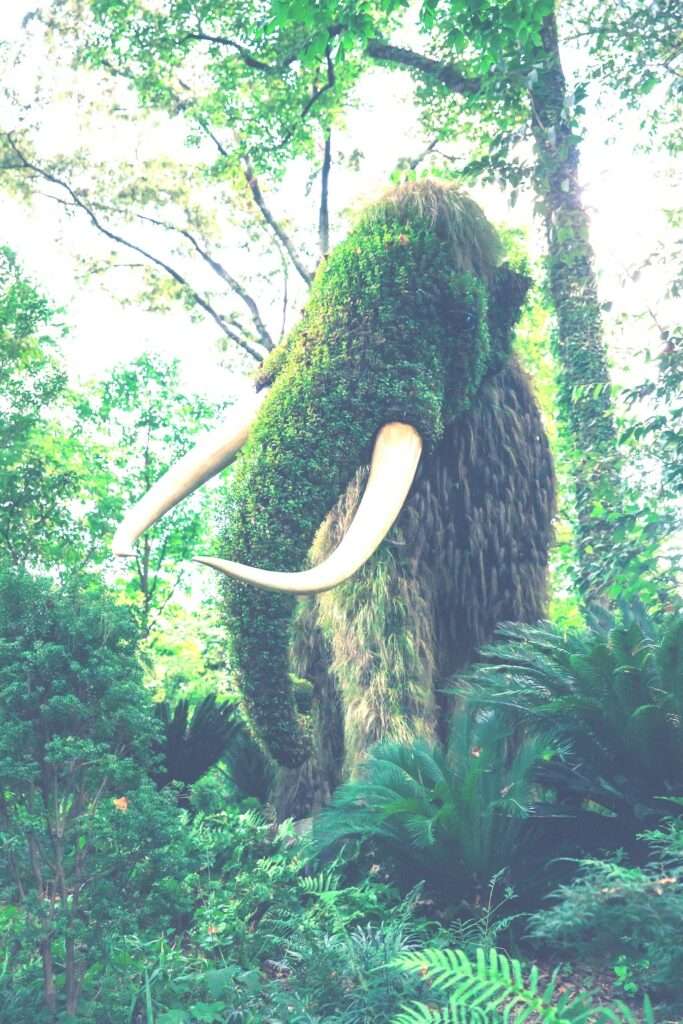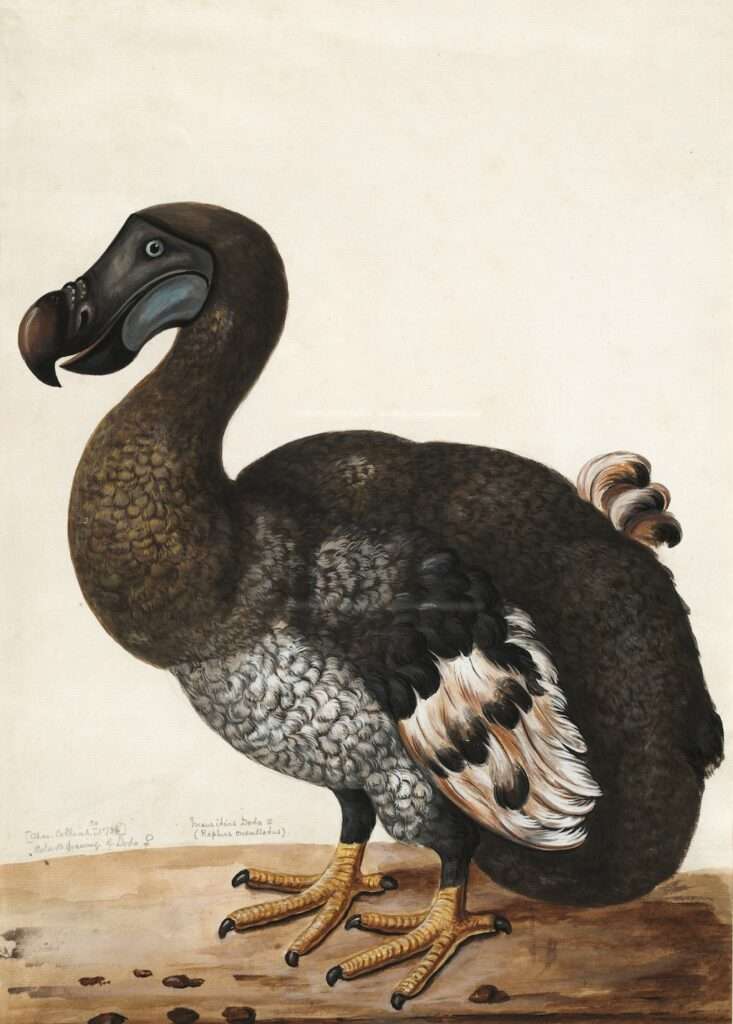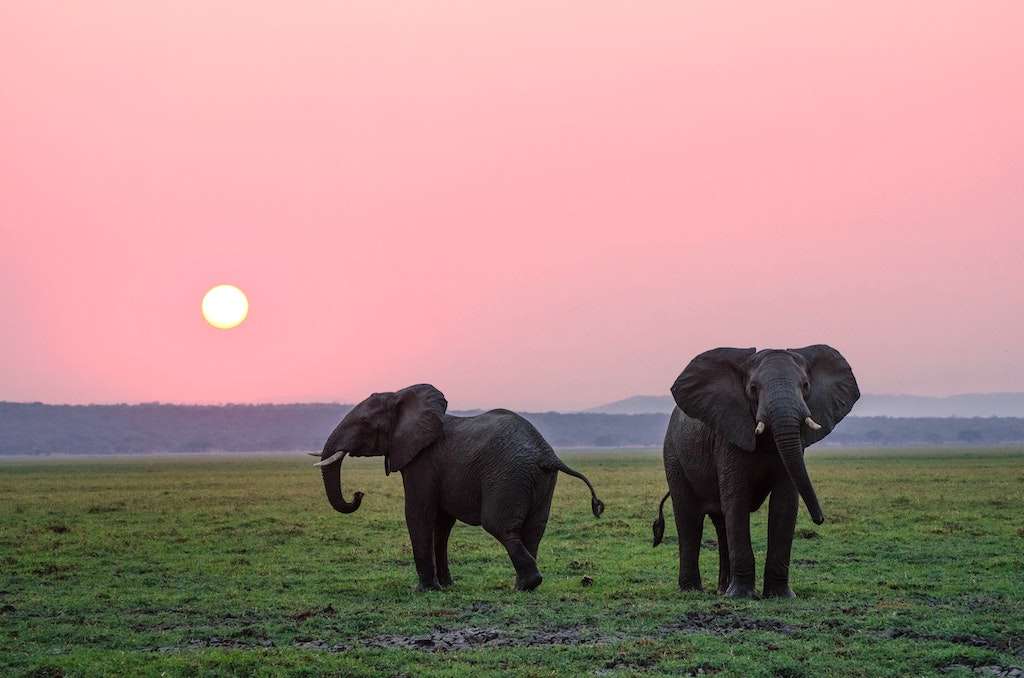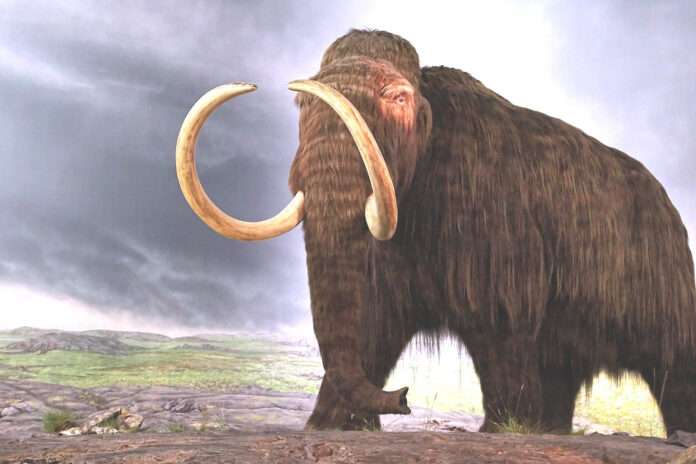Should Texas-based startup Colossal Biosciences actually ‘de-extinct’ the dodo and the woolly mammoth? Or are efforts better spent on conservation of the animals we have left?
The definition of “extinct” is pretty straightforward. A species no longer exists — it has been lost. To put it bluntly: all living members are no more. But recently, the term “de-extinction” has been cropping up more. And that’s thanks in large part to a biotechnology firm called Colossal Biosciences, which believes it can bring back species from the dead. No really, it does.
Most notably, the Texas-based startup wants to resurrect the woolly mammoth, a close relative of Asian and African elephants — which last roamed the earth around 4,000 years ago — as well as dodo birds and thylacines (more commonly known as Tasmanian tigers).
But how, exactly, does Colossal intend to make the impossible, possible? And, in a world full of fragile and threatened species, is it really right to invest billions in a real-life Jurassic Park-esque experiment? The truth is, it’s a complicated question, and like all complicated questions, it doesn’t have a straightforward answer.
Firstly, what actually is ‘de-extinction?’
In 2021, the complete skeletons of five ice-age mammoths were discovered by archaeologists in the Cotswolds in the U.K. Like other similar discoveries, the bones, and the context they were found in, has helped us understand more about how mammoths lived all that time ago.

But for Colossal, finding mammoth remains goes beyond important history. It also means that scientists have access to DNA that can be manipulated to create an embryo now. That embryo could then be implanted into an African elephant, which would then give birth to a baby that has all the same core biological traits as the woolly mammoths that walked the earth thousands of years ago.
A similar thing can happen for the dodo bird. In this instance, the company is focusing all of its efforts on the bird’s closest living relative, the Nicobar pigeon. This process is a little more complicated, as scientists would have to take an egg from the pigeon, and then find, alter, and reinsert the cell’s nucleus back into the egg. The pigeon would then go on to hatch a bird with dodo characteristics.
It all sounds ambitious. So can it really be done? It’s easy to feel skeptical. But there was a time when we couldn’t imagine many of the things that humanity has now achieved.

When the world’s first mechanical computer was invented in 1822, there was no way anyone could have imagined the modern iPhone, and the grip that technology would have on everyday life for so many people in 2023. There was also a time when we couldn’t have imagined putting human beings on the moon, too.
“In the 21st century, bringing an extinct species back to life would hold similar weight in the history of humanity,” says entrepreneur and private astronaut Richard Garriott.
But just because humans can achieve something, does it mean they always should?
Why does this all present an ethical conundrum?
Colossal has plenty of backers, but it also has its fair share of critics. In January, the company raised $150 million in a Series B funding round for its big de-extinction mission. But there are many who simply believe this money could be better used elsewhere.
According to the International Union for Conservation of Nature, more than 41,000 species are currently under threat of extinction. “We’ve got a huge biodiversity crisis on this Earth, obviously, and there’s no shortage of species that need conservation attention and resources,” Joseph Bennett of Carleton University told Vice in 2017.
There’s also the ethical question of whether it’s right to use an elephant, a species that is currently threatened and in need of conservation, in a quest to bring back another species that hasn’t been around for thousands of years. But Colossal also agrees that elephant preservation is “vital.”

The startup maintains that it is also focused on saving elephants, too, and will engage in genetic research to try and limit the number of deaths caused by Elephant Endotheliotropic Herpesvirus (EEHV), for example. But it also notes that bringing back the woolly mammoth could benefit multiple species, as it could help to restore the health of the Arctic.
“The Mammoth’s massive size, thunderous gait, and vast migration patterns were active benefactors in preserving the health of the Arctic region,” Colossal states.
“The Mammoth Steppe was once the world’s largest ecosystem – spanning from France to Canada and the Arctic Islands to China. It was home to millions of large herbivores. And these animals were key to protecting an ecosystem so vast, it affected, if not almost controlled, the climate.”
Whether or not Colossal’s plans will come to fruition is yet to be seen. But there’s one thing for sure, if it does happen, there’ll be no turning back. As Garriot says, “it is hard to imagine a more profound project than the de-extinction of species once considered lost forever.”
Related on Ethos:


